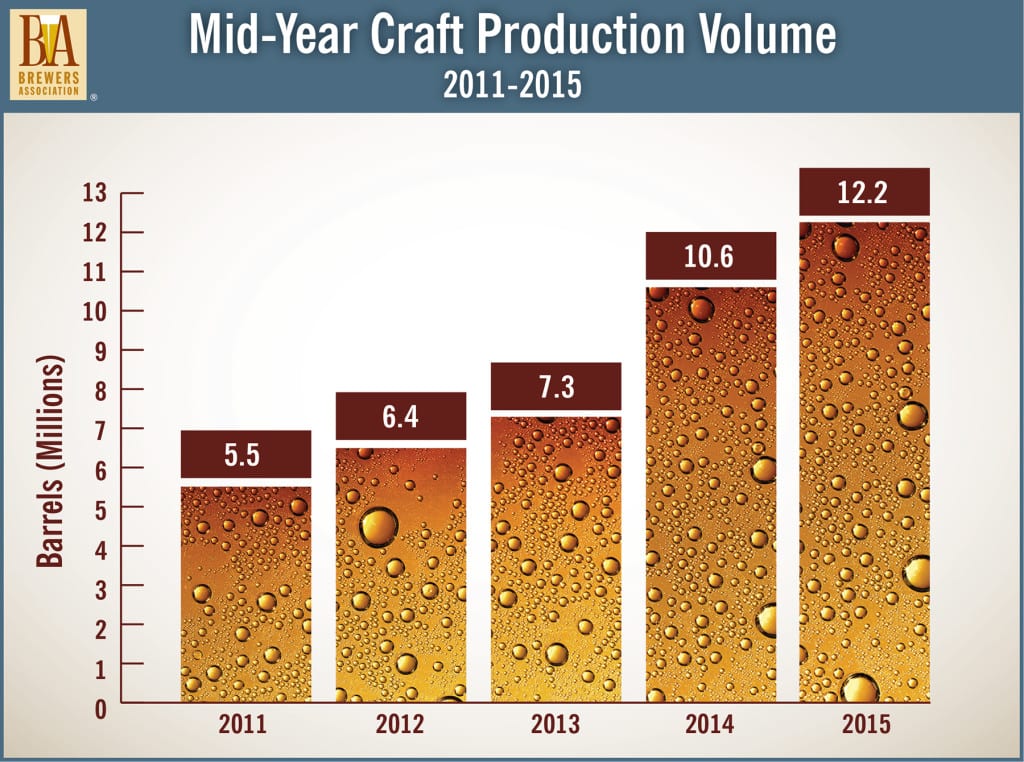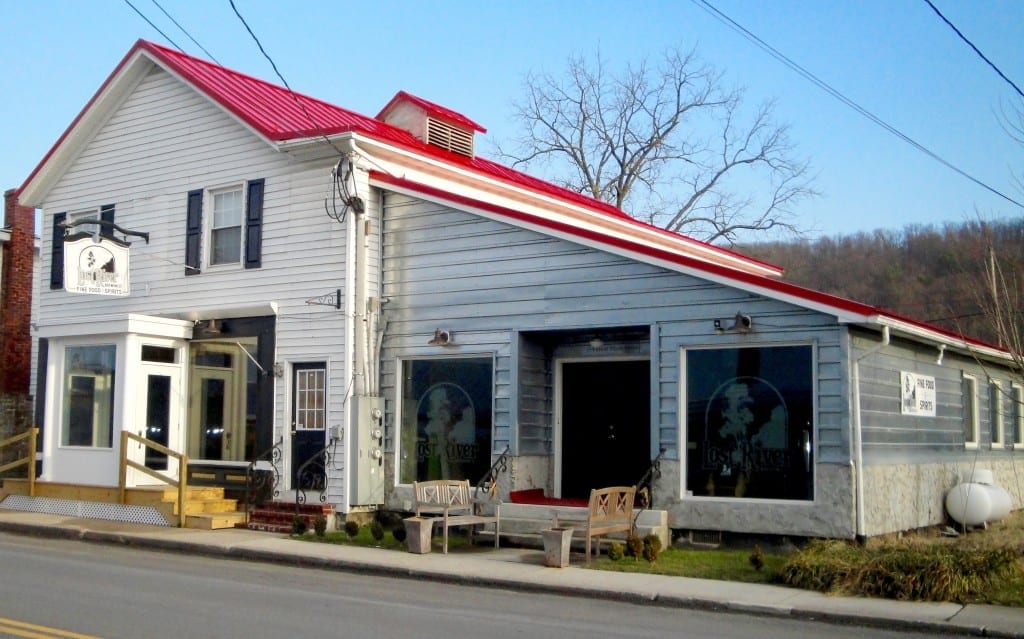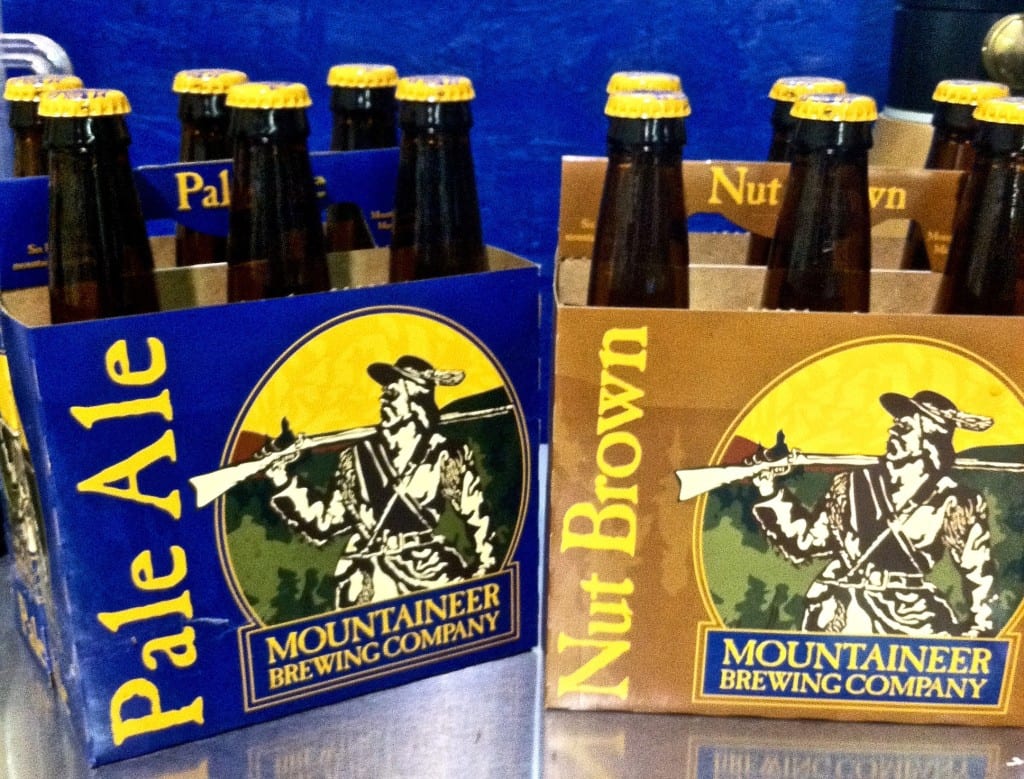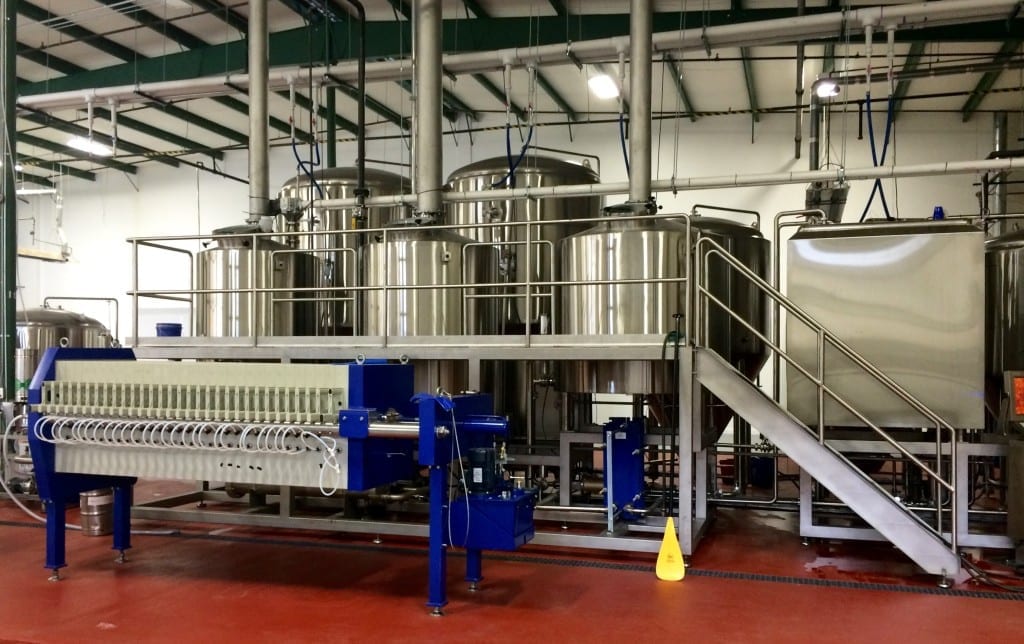Is West Virginia brewery growth keeping up with the nation
July 30, 2015
Around the country, the continued acceleration of craft beer sales and brewery start-ups raises a good question: Is West Virginia keeping up?

The craft brewing industry continued a strong pace of growth in the first half of 2015, according to new mid-year data released by the Brewers Association (BA)—the trade association dedicated to small and independent American craft brewers. American craft beer production volume increased 16 percent during the first half of the year.
Here’s why WV grew faster than 16%
My guess is that West Virginia’s consumers and brewers held up their end and possibly surpassed 16% growth in craft beer volume. Here’s why.
CONSUMERS – From the activity I’ve seen around the state, I bet WV beer drinkers increased their craft beer drinking pace by more than 16%, now vs, last year. I’ve witnessed a whole lot more craft beer drinking around these parts. WV consumers seem to be doing their part to help the nation maintain that strong growth curve. With restaurant and retailer growler sales just becoming legal in June, the next six-months should see an even higher jump in craft beer sales here.
BREWERIES – While I have no actual numbers for WV brewery output for the six-month time periods, I know anecdotally that WV breweries are in a serious growth spurt. Several of our breweries’ beer sales numbers have been on fire this year, and we’ve added new breweries since last year. Some of our older breweries have invested in equipment to increase production. My guess is that their combined YtY growth was well north of 16% for the first six month of 2015. This is good news.

My anecdotal observations
Charleston Brewing Company is selling everything it can make. They’ve basically maxed out their capacity. The three, 20-barrel fermenters they installed last year are at full production, as The Raj IPA continues to soar through tap lines in the region’s bars and restaurants.
With Mountain State Brewing Company bringing all its brewing in-house (from Maryland to Thomas, WV) last April, their production numbers have soared. Often brewing more than one shift a day, they are pumping out beer as fast as they can. Demand is strong for canned-six packs of their four flagship beers, as they quickly gained broad retail distribution after their introduction in the spring. In early 2013, the brewery added four additional 30 barrel fermenters and two 60 bbl brite tanks, which now are insufficient. This year they are adding a 60 bbl fermenter and a 120 bbl brite tank. They also need a much larger brewhouse. The brewery would like to add more distribution in Maryland, but simply does not today have the capacity to do so.
Big Timber Brewing in Elkins only opened in May 2014, and now their products can be found on tap in many parts of the state. Their beer has been so well received that the brewery is already moving from self-distributing to selling through beer distributors. Big Timber has exceeded expectations, giving the owners confidence to invest in a canning line that should be installed soon. Once their cans hit the retail market, look for sales to skyrocket.
Greenbrier Valley Brewing in Lewisburg started up in August 2014 with by far the state’s largest brewhouse and tank capacity. Today they are keeping the tanks full and actually facing a tank space shortage. Due to the market success of their Mothman and Wild Trail beers, most all their fermentation space has to be dedicated to producing those brands. With current tank capacity limitations, they cannot make enough of the new Devil Anse IPA to allow them add it to their canned beer line up right now. Only one year in, one of the state’s larger brewery needs an expansion.
Wheeling Brewing Company began operations last December and quickly established itself with a strong customer base in Wheeling. Brewing on a small system, they have a hard time keeping up with demand in their brewpub.
Morgantown Brewing Company has been constrained to its small brewpub space for several years now. Business has been very good, for example, being the WV beer sold at Mylan Puskar Stadium (Mountaineer Field). Draft distribution has expanded to more areas of the state. Now MBC is investing in a whole new brewery system with much larger tank capacity and a canning line. When the new brewery is ready, MBC growth should experience a great upward tilt.
Earlier this year, Chestnut Brew Works in Morgantown moved into its new location with a beer-making capacity expanded by something like a factor of ten or more. This is another brewery whose beer is being consumed as fast as the brewer can make it. If Chestnut Brew fans have their way, look for another expansion in the not too distant future.
Over the past year, Bridge Brew Works introduced it’s extended line up in aluminum bottles. The brewery added a new building, with expanded packaging area. For the first time, they will have a tasting room and a beer sales area at the brewery.
In June 2015, Berkeley Springs Brewing Company opened for business. A brewpub with a talented brewer, they are just starting to build their production profile.
West Virginia’s existing breweries seem to be healthy and growing, but healthy existing breweries alone won’t be enough in the long run to keep up with the national growth trend. We will need more breweries.

New brewery start-ups
Nationally, as of June 30, 2015, 3,739 breweries were operating in the U.S, an increase of 699 breweries (or 23%) over the same time period of the previous year. During that year, only a relative handful closed. Additionally, there are 1,755 breweries in planning, according to BA statistics.
During the same time period, West Virginia increased its count of breweries from 10 to 12, an increase of 20%. Even working from a very small base, the state was not able to keep up with the nation in percentage growth.
Looking back a couple year shows West Virginia is steadily growing its brewery count, but doesn’t appear to be accelerating. In 2013, three breweries opened. They were Chestnut Brew Works, Charleston Brewing Company, and Basement Brewing in Wheeling (which later morphed into Wheeling Brewing in 2014).
In 2014, Big Timber and Greenbrier Valley opened. In 2015, it appears we will see three new West Virginia breweries open their doors. In June, Berkeley Springs Brewing Company opened, and August should see the opening of Stumptown Ales in Davis and Dobra Zupa’s brewpub in Beckley.
In 2016, I expect two more breweries to open, those being Parkersburg Brewing Company and Drew Hetzer’s Huntington brewery project. Soon thereafter, maybe in 2017, we could see a brewery added to the Heston Farm winery/distillery operation in Fairmont. There are rumors of others, but I don’t know if any are solid projects.
For a few years in a row West Virginia scores two or three new breweries per year. But with other states adding dozens of new breweries a year, is that enough to keep up? If the national growth trend continues for the next few years, will opening 2.5 breweries a year allow our state to maintain its portion of national beer production? I seriously doubt it will.

Number of WV brewery start ups disappointing
Last year, I remember Big Timber’s Matt Kwasniewski telling me how underserved with craft breweries he thought West Virginia was. He had been a brewer in Montana, which in 2014 had 44 craft breweries or 5.9 breweries per 100,000 adults 21+. Here he was in WV, which had only 11 craft breweries or 0.8 breweries per 100,000 adults. He said he was opening a brewery in the right place at the right time. I think his brewery’s success underscores that he was correct in that assessment.
WV is seriously underserved with local breweries—especially in our larger towns and metropolitan areas.
Charleston has a metropolitan area population of 240,000. I truly thought that by now, with the beer sales success of Charleston Brewing Company, I would have known of at least two or three solid, new breweries-in-planning there. I don’t know of any.
I see good things happening close by in smaller Appalachian cities, for example, Athens, Ohio, with a population of about 25,000. After over fifteen years of having only one brewery, it just added two more this year. Eighty-five miles away, however, Huntington, WV, (pop. 49,000, metro-area pop. 360,000), another city with a with a major university presence, still has none.

WV’s small towns do better than cities
You don’t have to be a Philadelphia, a Denver, a San Diego, or an Asheville to have successful small breweries.
Small West Virginia communities support their local breweries. Just look at Lost River Brewing in Wardensville (pop. 275), Berkeley Springs Brewing in Berkeley Springs (pop. 650), Big Timber in Elkins (pop. 7,200), and the soon-to-be-three breweries in Thomas-Davis (combined population around 1,400). Craft breweries in West Virginia have solid footholds in some very tiny communities.
Isn’t it ironic that where we are most lacking is in our larger towns and metropolitan areas. The very places with the population and income to support craft breweries are the ones bringing up the rear.
Here is where we are today.
- Charleston with one
- Huntington with ZERO
- Martinsburg with ZERO
- Morgantown with two
- Parkersburg with one
- Wheeling with one
- Moundsvile with ZERO
- Beckley with one (August opening)
- Bluefield/Princeton with ZERO
- Fairmont with ZERO
- Clarksburg with ZERO
- Hurricane/Teays Valley with ZERO
- Charles Town with ZERO
- Weirton with ZERO
- Summerville with Zero
- Keyser with Zero.
If Wardensville can support a brewery, Charleston should have 10. As I stated above, I am aware of three brewery-in-planning projects in the group of cities above. But even adding those three in, we are not anywhere near where we should be.

Brewery business climate strong, even in WV
West Virginia hasn’t had a brewery close since 2010. We’ve only lost three breweries in the past decade, and the assets of one of those were bought out of bankruptcy to become Morgantown Brewing. By next month, we will have 13 breweries that will have opened since 2005. Thirteen opened and only three closed. That’s a better ratio than you will find in the locally-owned independent restaurant business, yet there doesn’t seem to be the same shortage of people willing to invest their money there.
I’m not sure why West Virginians are not more entrepreneurial when it comes to starting breweries. Sure, some blame the state’s backward brewery/beer laws, but those have gotten much better in recent years. And before you say you can’t do it here, you should look at the ones who have.
- North End Tavern Brewery has been making beer in Parkersburg continuously since 1997 and in recent years has been distributing its beer beyond its brewpub to draft accounts around the region.
- Morgantown Brewing’s brewpub location has been a brewery since 1994, albeit with four different owners. By taking advantage of an opportunity, Morgantown Brewing owners are now on track to take a big jump up .
- The state’s most successful multi-year brewery, Mountain State Brewing, has proven brewing can be a strong industry in WV. They started up well before the recent law improvements. They were not originally well-capitalized and received no government help, yet they have done very well and are growing and investing here each year.
I’m not sure why WV downtown development groups have not been more active recruiting breweries to help revitalize their downtowns. If you want to get people coming downtown, especially in the evening hours, open a craft brewery there. It is being proven time and time again that breweries bring in people, and people bring in other businesses. There is no better way to revitalize a blighted business district. And these days, if your city doesn’t have at least a couple of craft breweries, it certainly can’t be called “hip” and is going to be much less attractive to the desirable young professional demographic and tourists alike. It also will lose face with outside investors seeking to site their businesses in a happening community.

In 2012, at the WV Economic Development Council’s annual conference, I conducted a session promoting small breweries, distilleries, and wineries as a development tool for our communities. I must say that since that time there has been more involvement of state and local economic development groups in brewery, distillery, and cidery start ups. But we could use a lot more of it, especially in our larger communities, which are so grossly underserved by craft breweries.
West Virginia could easily support 25 or more small breweries today, twice the number we have. Local beer has been one of the hottest food & beverage trends for a number of years, and it shows no sign of abating. But if you don’t have a local brewery, you can’t have a local beer.
I don’t know what it will take, but I keep hoping things will change. I keep hoping West Virginia will become a state as rich in craft breweries as it is rich in natural beauty. So for the time being, I’ll keep rooting for it, and I’ll keep writing about it.

